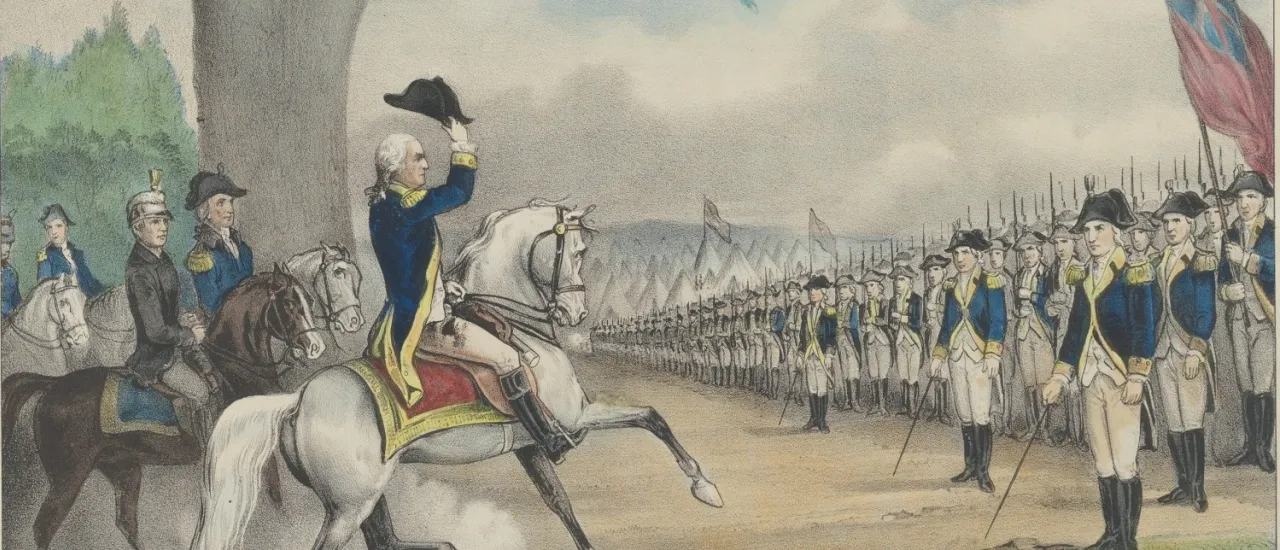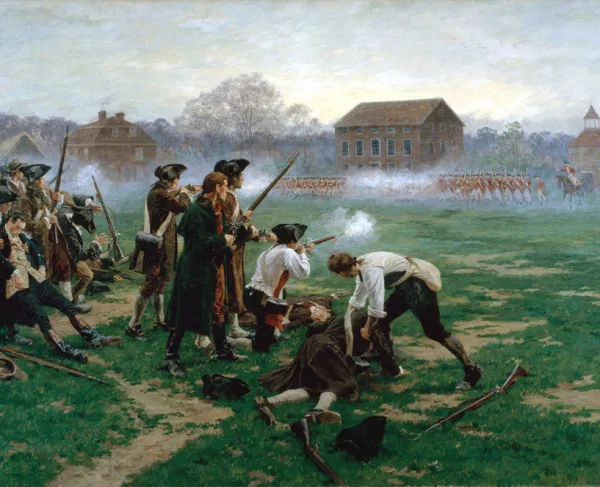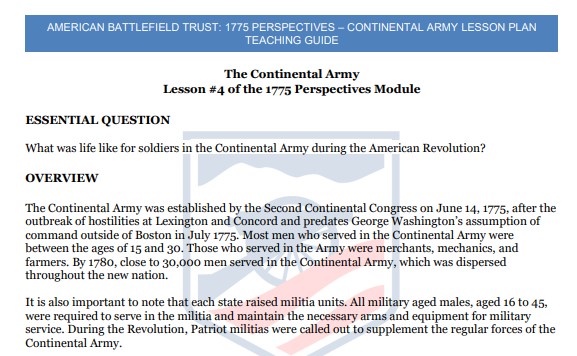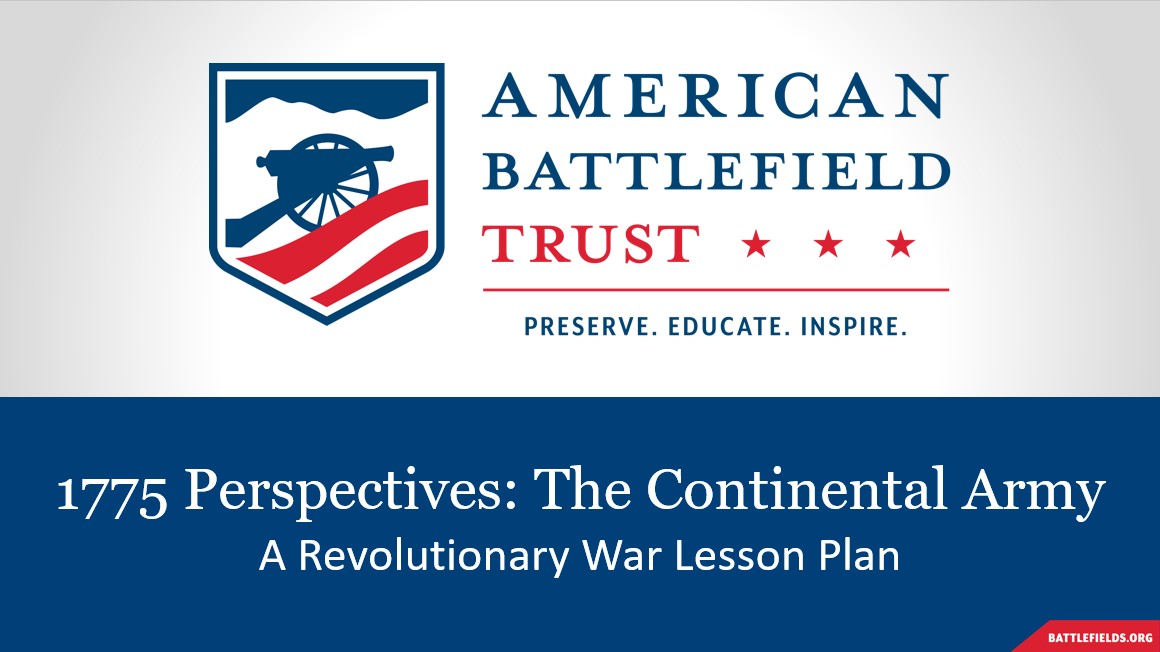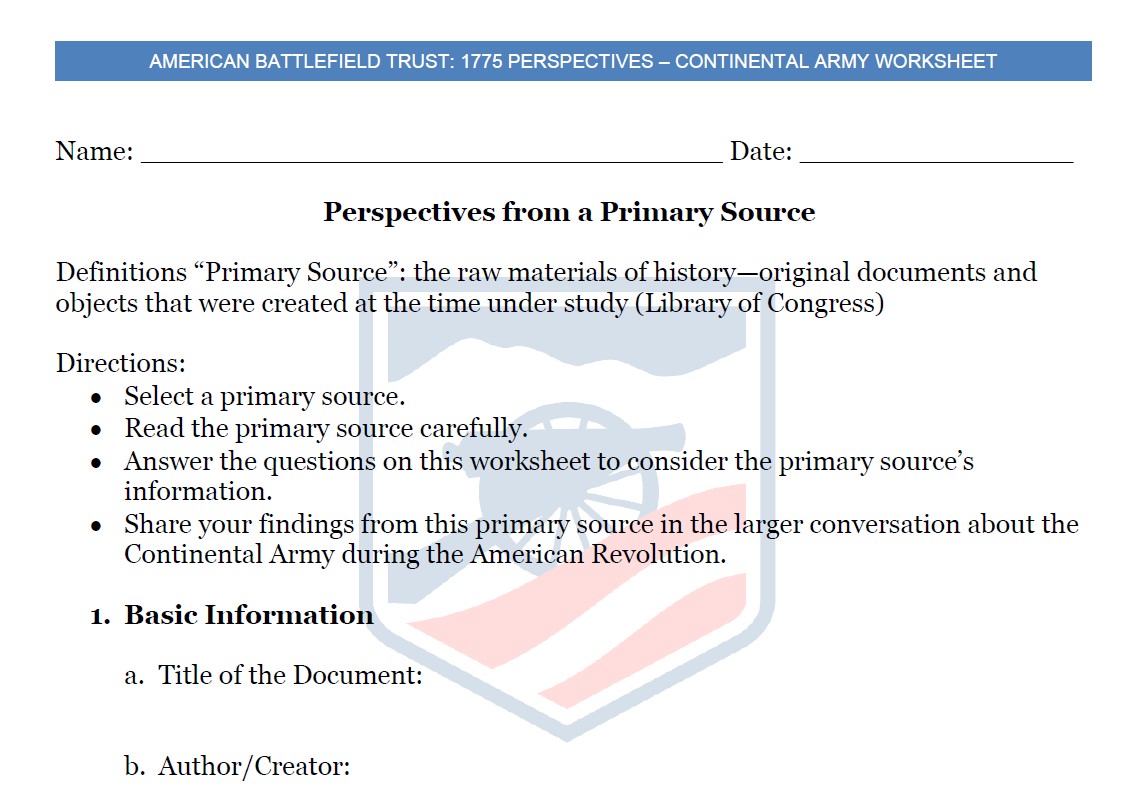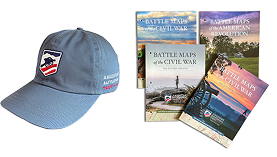The Continental Army was established by the Second Continental Congress on June 14, 1775, after the outbreak of hostilities at Lexington and Concord and predates George Washington’s assumption of command outside of Boston in July 1775. Most men who served in the Continental Army were between the ages of 15 and 30. Those who served in the Army were merchants, mechanics, and farmers. By 1780, close to 30,000 men served in the Continental Army, which was dispersed throughout the new nation.
It is also important to note that each state raised militia units. All military aged males, aged 16 to 45, were required to serve in the militia and maintain the necessary arms and equipment for military service. During the Revolution, Patriot militias were called out to supplement the regular forces of the Continental Army.
Prior to 1777, enlistment in the Continental Army was of various durations but generally for a year of service. After 1778, Congress changed the rules and men served for either three years or the duration of the war. In some cases, bounties were paid to entice men to enlist or for men who chose to serve longer. Bounties could consist of additional money, additional clothing, or land west of the Ohio River, where many veterans would settle after the war.
Life in the Continental Army was difficult. It was mundane and monotonous. Generally, when not engaged in combat, soldiers in the Continental Army served three duties: fatigue or manual labor, such as digging vaults (latrines), clearing fields, or erecting fortifications. Supply problems constantly plagued the Continental Army, and often men simply made do with whatever arms and equipment they could bring from home.
African Americans served in the ranks of the Continental Army, and General James Mitchell Varnum petitioned Congress to permit integration. (This would not happen again until 1950, when the US Army fought in Korea.) The First Rhode Island Infantry was an entirely African American regiment.
This Lesson Plan can be used as a prepared resource by following this curriculum plan which aligns to NCSS and Common Core Standards.
This Lesson Plan's assets can also be used on their own as supplemental resources. The display format is prepared for easy access, exploring, and learning.
1775 Perspectives Module
Upon completion of this lesson, the students will be able to:
1. Knowledge
- Briefly explain the creation of the Continental Army (U.S. Army) in 1775 and what life was like for soldiers in its ranks.
2. Comprehension/Application/Analysis
- Examine multiple primary sources to gain an appreciation for the experiences of soldiers in the Continental Army.
3. Evaluation
- Discuss findings from primary sources and the challenges that soldiers faced in the fight for independence.
Check out the Lesson Plan Teaching Guide for more instructions on using the prepared Lesson Plan.
Lesson Plan Primary Source Activity:
- Use the Lesson’s PowerPoint to explore the context and history; the PowerPoint introduces context and foundational knowledge of the Continental Army and it intentionally looks beyond 1775.
- The primary sources for this perspectives lesson plan offer multiple perspectives from different soldiers or event connected to the Continental Army; students can be divided into groups to read and fill out the worksheet.
| 1775 (specific) | Washington’s Commission |
| 1775 (specific) | “General Orders: July 4, 1775” |
| Continental Army Experience | 1776: “Our Orders are to Take Possession of Dorchester Hill” |
| Continental Army Experience | 1776: “For the Cause of Freedom & Love” |
| Continental Army Experience | George Washington Describes the Continental Army’s Needs |
| Continental Army Experience | 1778: “Setting for a March” |
| Continental Army Experience | “She Served as a Private Soldier” |
| Continental Army Experience | “A Slave for Five Years Fighting for Liberty” |
| Continental Army Experience | Newburgh Address |
- Distribute the lesson’s worksheet.
- Students will read a primary source and fill out the worksheet which will guide them through exploring the document.
- Encourage a class discussion from the worksheet, draw group conclusions, answering the questions:
- Why did Congress form a Continental Army?
- How was George Washington’s leadership important?
- What are some changes that the Continental Army experienced over the years of the Revolutionary War?
- Did you learn something surprising about the Continental Army?
OPTIONAL HOMEWORK/ASSESSMENT/ADDITIONAL ACTIVITIES:
Option 1: Biography
Have the students choose a historical figure who served in the Continental Army and do a biography study. (There are biographies linked on the Lesson Plan Page.) Write a biography summary and include answers for the following questions:
- How did this person find out about the Continental Army?
- When did they join?
- What did they do in the army?
- Did they survive the war?
- Do we know how they felt about American independence?
Option 2: Innovations
Using Articles listed on the Lesson Plan Page, research innovations that occurred in the Continental Army. Were there new military tactics used? What about medical or technology innovations? What type of leadership was valued and was this different than previous traditions?
Use a Venn Diagram to compare innovations in the Continental Army with the modern era and leadership practices.
Common Core State Standards- ELA & History/Social Studies
Grades 6-8
- Key Ideas and Details:
- CCSS.ELA-LITERACY.RH.6-8.1
- Cite specific textual evidence to support analysis of primary and secondary sources.
- CCSS.ELA-LITERACY.RH.6-8.2
- Determine the central ideas or information of a primary or secondary source; provide an accurate summary of the source distinct from prior knowledge or opinions.
- CCSS.ELA-LITERACY.RH.6-8.1
- Craft and Structure:
- CCSS.ELA-LITERACY.RH.6-8.6
- Identify aspects of a text that reveal an author's point of view or purpose (e.g., loaded language, inclusion or avoidance of particular facts).
- CCSS.ELA-LITERACY.RH.6-8.6
- Integration of Knowledge and Ideas:
- CCSS.ELA-LITERACY.RH.6-8.8
- Distinguish among fact, opinion, and reasoned judgment in a text.
- CCSS.ELA-LITERACY.RH.6-8.8
Grades 9-10
- Key Ideas and Details:
- CCSS.ELA-LITERACY.RH.9-10.1
- Cite specific textual evidence to support analysis of primary and secondary sources, attending to such features as the date and origin of the information.
- CCSS.ELA-LITERACY.RH.9-10.2
- Determine the central ideas or information of a primary or secondary source; provide an accurate summary of how key events or ideas develop over the course of the text.
- CCSS.ELA-LITERACY.RH.9-10.3
- Analyze in detail a series of events described in a text; determine whether earlier events caused later ones or simply preceded them.
- CCSS.ELA-LITERACY.RH.9-10.1
- Craft and Structure:
- CCSS.ELA-LITERACY.RH.9-10.5
- Analyze how a text uses structure to emphasize key points or advance an explanation or analysis.
- CCSS.ELA-LITERACY.RH.9-10.6
- Compare the point of view of two or more authors for how they treat the same or similar topics, including which details they include and emphasize in their respective accounts.
- CCSS.ELA-LITERACY.RH.9-10.5
- Integration of Knowledge and Ideas:
- CCSS.ELA-LITERACY.RH.9-10.8
- Assess the extent to which the reasoning and evidence in a text support the author's claims.
- CCSS.ELA-LITERACY.RH.9-10.9
- Compare and contrast treatments of the same topic in several primary and secondary sources.
- CCSS.ELA-LITERACY.RH.9-10.8
Grades 11-12
- Key Ideas and Details:
- CCSS.ELA-LITERACY.RH.11-12.1
- Cite specific textual evidence to support analysis of primary and secondary sources, connecting insights gained from specific details to an understanding of the text as a whole.
- CCSS.ELA-LITERACY.RH.11-12.2
- Determine the central ideas or information of a primary or secondary source; provide an accurate summary that makes clear the relationships among the key details and ideas.
- CCSS.ELA-LITERACY.RH.11-12.3
- Evaluate various explanations for actions or events and determine which explanation best accords with textual evidence, acknowledging where the text leaves matters uncertain.
Craft and Structure:
- Evaluate various explanations for actions or events and determine which explanation best accords with textual evidence, acknowledging where the text leaves matters uncertain.
- CCSS.ELA-LITERACY.RH.11-12.6
- Evaluate authors' differing points of view on the same historical event or issue by assessing the authors' claims, reasoning, and evidence.
- CCSS.ELA-LITERACY.RH.11-12.1
- Integration of Knowledge and Ideas:
- CCSS.ELA-LITERACY.RH.11-12.8
- Evaluate an author's premises, claims, and evidence by corroborating or challenging them with other information.
- CCSS.ELA-LITERACY.RH.11-12.9
- Integrate information from diverse sources, both primary and secondary, into a coherent understanding of an idea or event, noting discrepancies among sources.
- CCSS.ELA-LITERACY.RH.11-12.8
Social Studies - National Council for the Social Studies
- Theme 2: Time, Continuity, and Change
- Theme 3: People, Places, and Environments
- Theme 5: Individuals, Groups, and Institutions
- Theme 6: Power, Authority, and Governance
- Theme 9: Global Connections
This Lesson plan
contains the following:
3 Activities | 45 Resources
Audience: Middle school | High school
